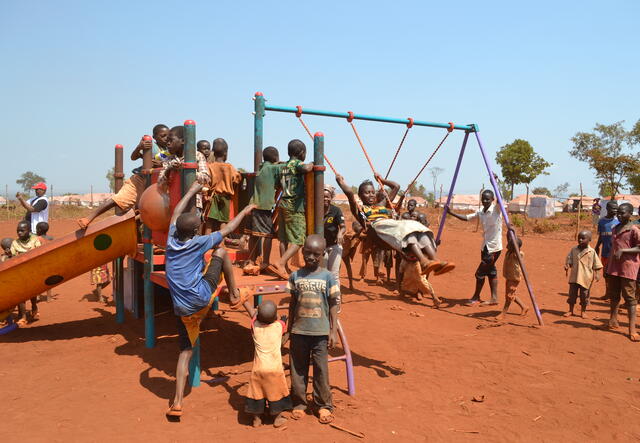
More than 80,000 refugees fleeing political violence in Burundi have arrived at the Nyarugusu refugee camp in northern Tanzania — one of the oldest and now largest refugee camps in the world. As Burundians await the results of controversial elections this week, the number is only expected to rise.
The International Rescue Committee’s Frankie Parrish shares photos from Nyarugusu, where the IRC is working to reunite unaccompanied children with their families. Many children have become separated from their parents in the chaos of fleeing their homes.
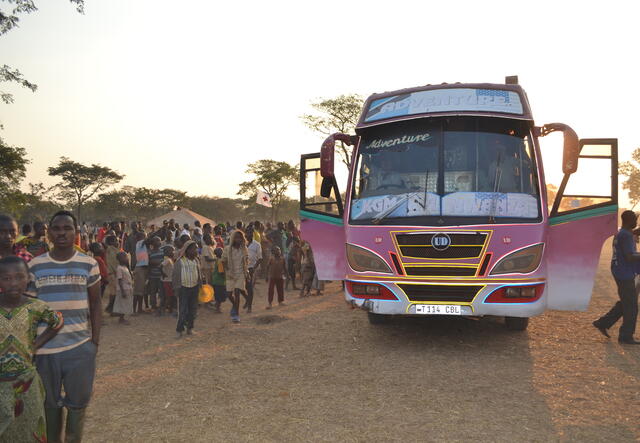
Burundian refugees arrive by bus at the Nyarugusu refugee camp in Tanzania, originally home to 64,000 refugees from the Democratic Republic of Congo. Many are coming through the Manyovu and Kagunga border crossings, where the IRC has set up health posts to support refugees in need of medical treatment.
The IRC is notified via text message when buses are on their way to the camp, sometimes in the middle of the night. Once they arrive, the IRC’s child protection team meets the refugees and immediately identifies children separated from their families, as well as parents looking for their children. At the top of the page, IRC child protection officer Sarah Mwalongo collects information about three children who arrived at Nyarugusu alone.
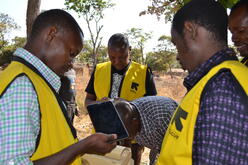
The team will soon start using tablets to help them gather as much information as possible about each child — their age, where they are from and any distinguishing features. Once the IRC collects all of the information, children are settled in the makeshift shelters where they are given food, water and medical attention if needed.
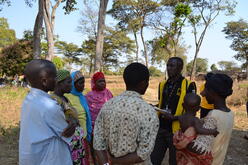
If the team is unable to track down relatives, the IRC looks for families in the camp willing to provide temporary care to these vulnerable children despite their own hardships. IRC child protection officer Fred Stanlery holds a training session for foster parents in Nyarugusu.

Many Burundian refugees have crowded into schools for shelter, which has interrupted the education of Congolese refugee children already living in the camp. This school was recently vacated and families were moved to tents so that classes can resume.
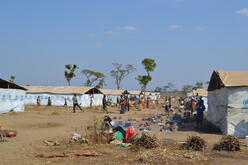
The United Nations refugee agency is building temporary shelters for an additional 3,000 people. New arrivals must wait up to two weeks in these shelters, which house 150 people each, before being moved to a family tent.

A woman cooks outside of her temporary home in Nyarugusu. The majority of Burundians crossing into Tanzania are women and children.
In Nyarugusu, the IRC has created several child friendly spaces where uprooted children can play, make friends and start to recover from the trauma they have experienced.
